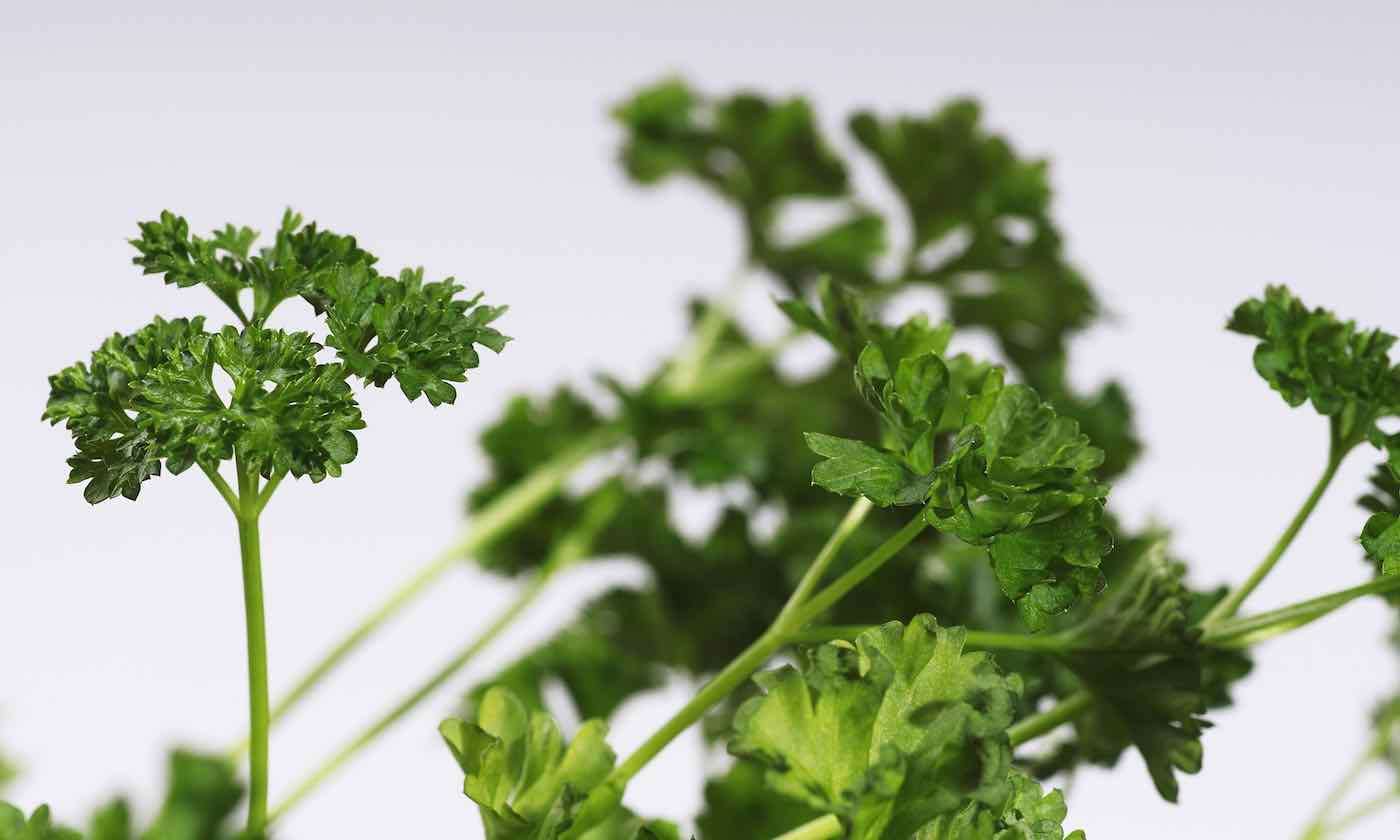Why Volunteers Are Rewarded With Longer Life, According to the Science of Kindness
Volunteers aren't just dedicating their time towards helping other people – their charitable actions have also been linked to longer life.

Reprinted with permission from World At Large, a news website reporting on nature, science, health, and travel.
Americans have a funny way of relegating certain foods to specific functions that don't always serve the overall purpose of health or flavor.
A perfect example of this is lettuce. In 2015, lettuce production in the U.S. totaled 8,087 million pounds, while the average consumption was around 25 pounds per person per year.
When compared to other greens, such as spinach, arugula, and kale, mainstream lettuce is mostly inferior in terms of taste and nutrient profile - but what about parsley?
You would have to eat between 7 to 12 cups of lettuce a day to get the same amount of nutrients you would find in one cup of parsley; and you'd still be missing out on all of its pharmacological benefits. A salad consisting of parsley would be rich in vitamin A, C, K, a B vitamin called folate, iron, tons of antioxidants, and a host of other beneficial phytonutrients.
A 2013 research paper published in the Journal of Traditional Chinese Medicine concluded that its meta-analysis should "improve the tendencies to (view) parsley as a useful and important medicinal plant with wide range of proven medicinal activity".
This conclusion came after the researchers searched medical databases for studies that focused on parsley's ethno-medicinal use, phytochemical compounds, and biological and pharmacological activities in order to determine if it possessed enough potency to act as a medicinal plant.
Containing more beneficial nutrients than a vegan-cooking expo, parsley can act as a simple antioxidant, anti-diabetic, cytoprotector, gastroprotector, diuretic, anti-bacterial, and anti-fungal compound. It can even act as a tool to help menstrual dysfunction.
Even more persuasive, broad-leaf parsley is cheap. Large organic bunches were available in the DC-area this week for $1.49. It is available year-round, and unlike the stems of kale and collards, these are easily chewed and taste good raw in sandwiches or salads, and cooked in eggs or soups, etc.
It's a mystery why parsley (or oregano or mint or basil) has been pushed to the back of the American cupboard, pulverized and dried, left tasteless to be sprinkled on fish.
Parsley deserves better.
Share The Boost Of Healthy Good News With Your Friends On Social Media - File photo by Wolfgang Lonien, CC
Be the first to comment